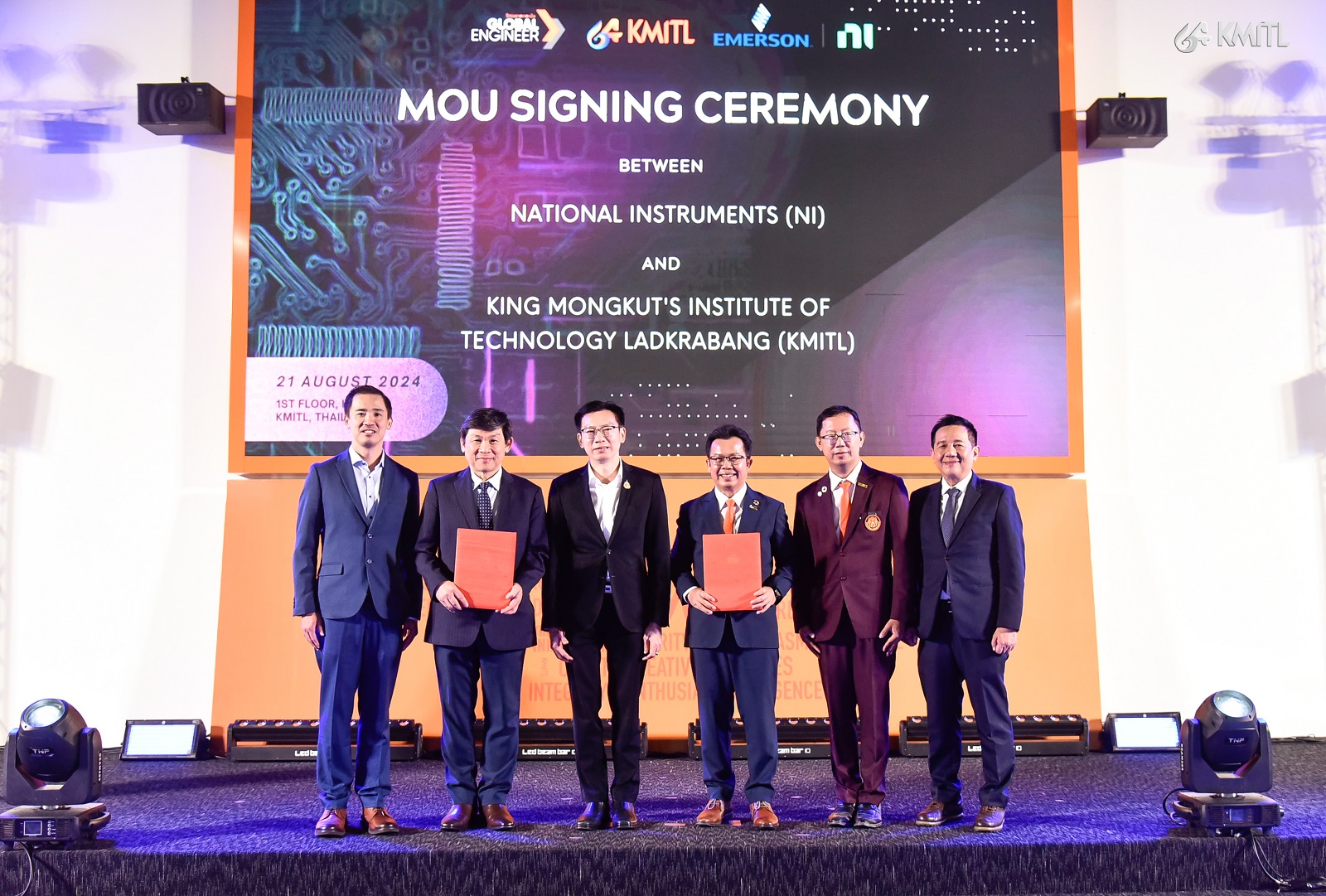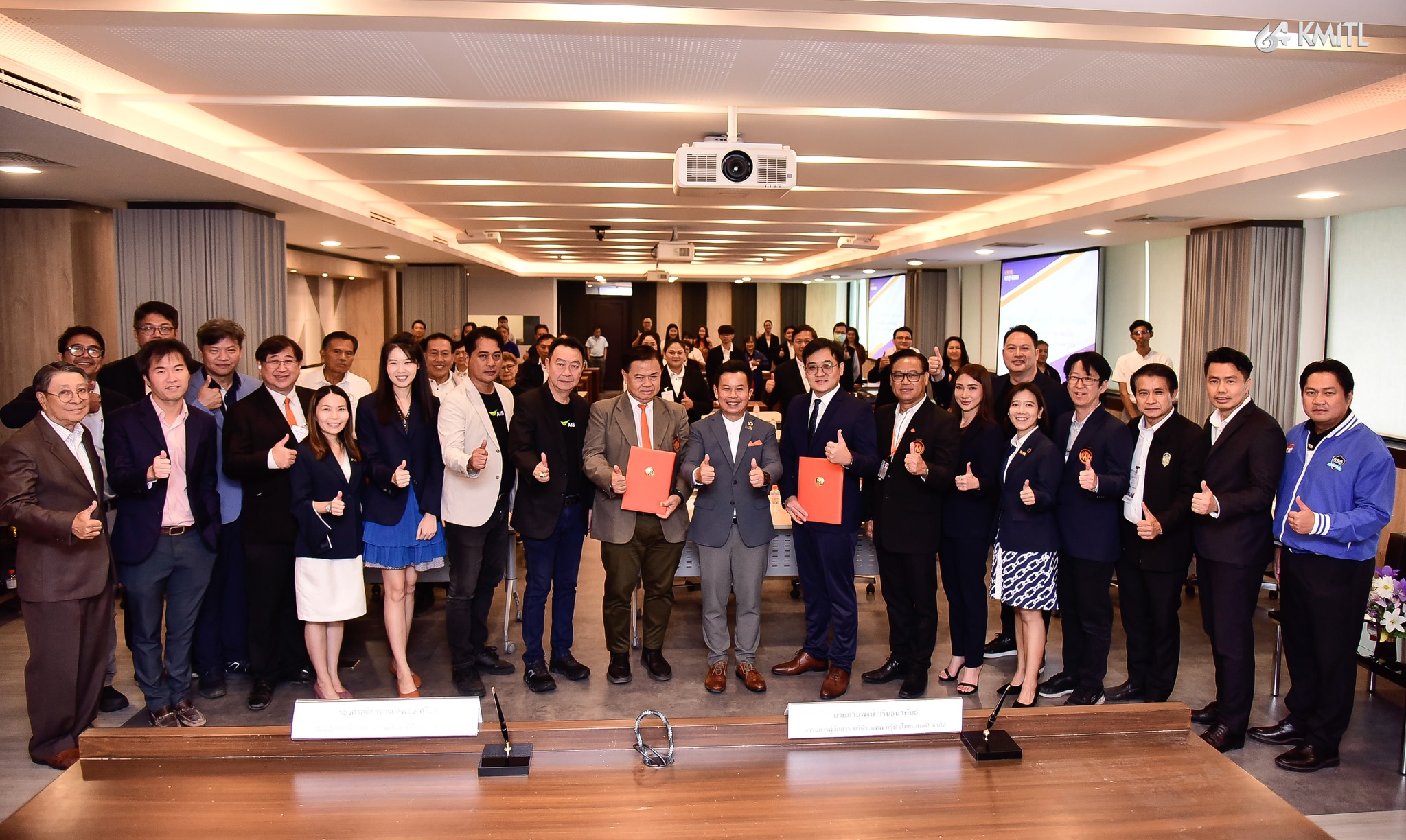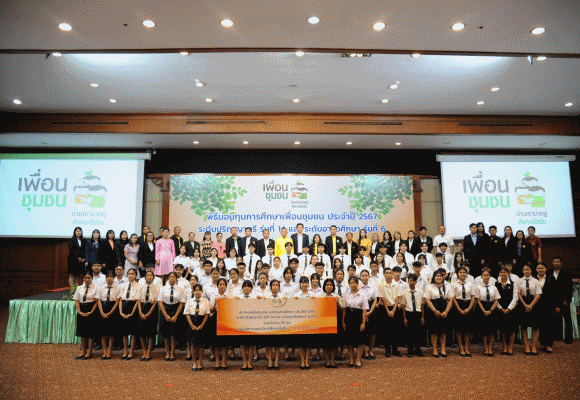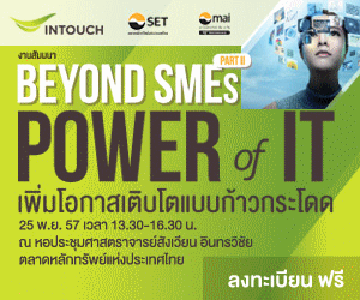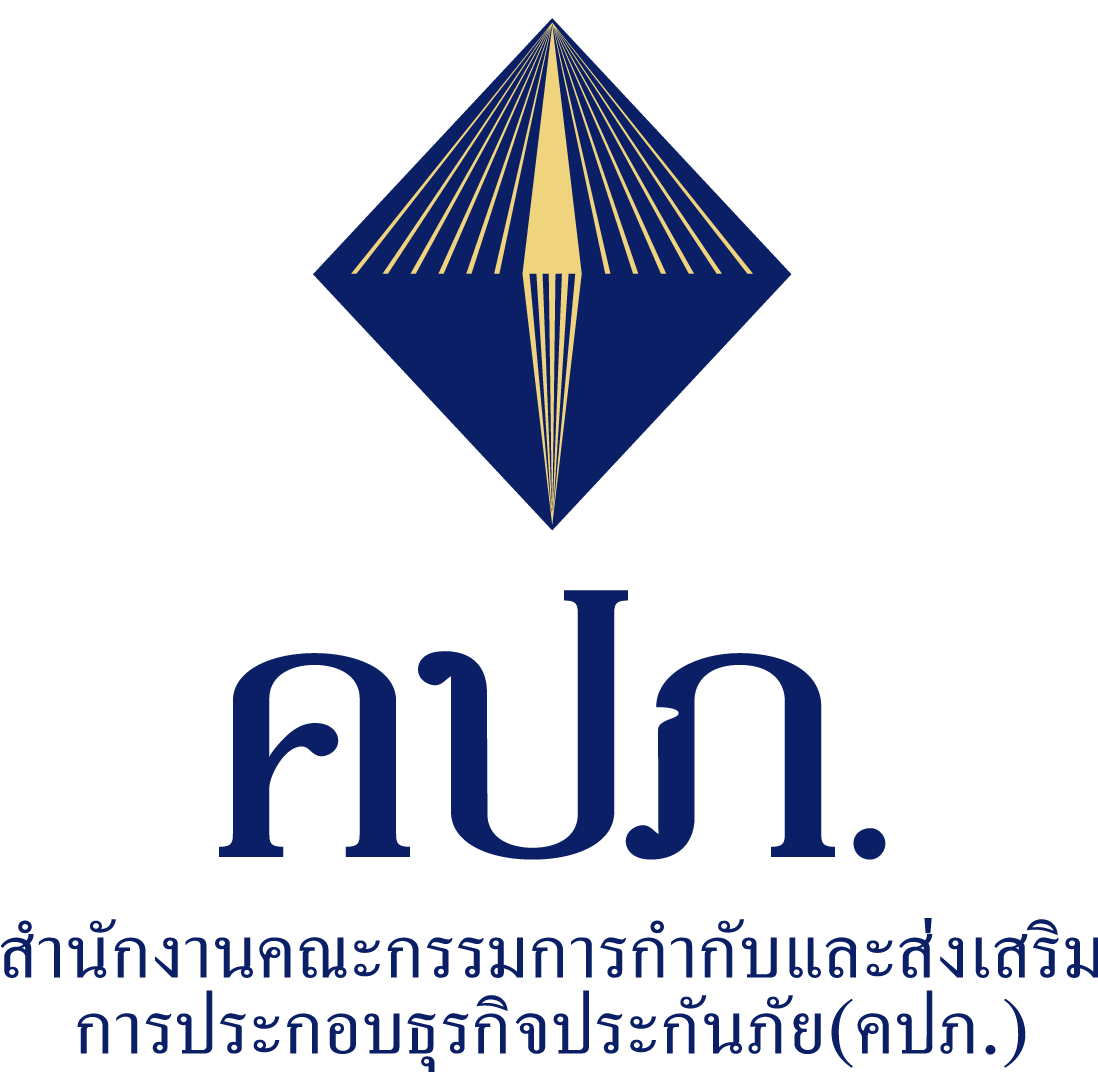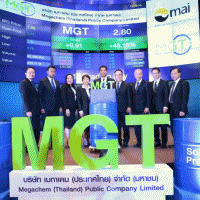- Details
- Category: ไอที-เทคโนฯ
- Published: Sunday, 01 April 2018 21:38
- Hits: 3193
 ไอบีเอ็ม เปิดเผยรายงาน 'ไอบีเอ็ม ไฟว์ อิน ไฟว์' (#IBM5in5) ฉบับล่าสุด ที่แสดงให้เห็นถึงนวัตกรรมและความก้าวล้ำทางวิทยาศาสตร์ที่มีแนวโน้มจะเข้ามาเปลี่ยนแปลงวิถีชีวิตและการทำงานของคนในอีก 5 ปีข้างหน้า
ไอบีเอ็ม เปิดเผยรายงาน 'ไอบีเอ็ม ไฟว์ อิน ไฟว์' (#IBM5in5) ฉบับล่าสุด ที่แสดงให้เห็นถึงนวัตกรรมและความก้าวล้ำทางวิทยาศาสตร์ที่มีแนวโน้มจะเข้ามาเปลี่ยนแปลงวิถีชีวิตและการทำงานของคนในอีก 5 ปีข้างหน้า
ในภาพรวม นวัตกรรมทั้ง 5 แสดงให้เห็นถึงวิวัฒนาการของเทคโนโลยีคอมพิวติ้งที่ก้าวล้ำอย่างที่ไม่เคยมีมาก่อน ประกอบด้วย
Crypto-anchor และบล็อกเชนจะผสานรวมเข้าด้วยกันเพื่อต่อกรกับผู้ที่ปลอมแปลง
ภายในห้าปีข้างหน้า เทคโนโลยี cryptographic anchor เช่น หมึกพิมพ์แม่เหล็กที่ทานได้หรือคอมพิวเตอร์จิ๋วที่ขนาดเล็กกว่าเม็ดเกลือ จะฝังอยู่ในวัตถุและอุปกรณ์ที่ใช้ในชีวิตประจำวัน และถูกนำมาใช้ควบคู่กับเทคโนโลยีกระจายข้อมูล (distributed ledger) บนเครือข่ายบล็อกเชน เพื่อรับรองว่าวัตถุหรืออุปกรณ์จากต้นทางที่ไปถึงมือลูกค้าเป็นของแท้ เทคโนโลยีเหล่านี้จะปูทางไปสู่โซลูชั่นใหม่ๆ เพื่อรับมือกับความปลอดภัยด้านอาหาร รับรองว่าชิ้นส่วนอะไหล่ต่างๆ เป็นของแท้ ตรวจสอบผลิตภัณฑ์ที่มีการตัดแต่งพันธุกรรม ระบุสิ่งของปลอมแปลง และแสดงแหล่งกำเนิดของสินค้าหรูหราต่างๆ
วิทยาการการเข้ารหัสแบบแลตทิซเพื่อต่อกรกับแฮคเกอร์
ไอบีเอ็มกำลังพัฒนาวิธีการเข้ารหัสเพื่อให้ก้าวทันเทคโนโลยีใหม่ๆ อย่างคอมพิวเตอร์ควอนตัม ซึ่งในวันหนึ่งจะสามารถเจาะโปรโตคอลการเข้ารหัสในปัจจุบันได้ทั้งหมด นักวิจัยของไอบีเอ็มได้เริ่มพัฒนาวิธีการเข้ารหัสแบบโพสต์ควอนตัมที่เรียกว่าวิทยาการการเข้ารหัสแบบแลตทิซ (lattice cryptography) และได้มีการนำเสนอเทคโนโลยีดังกล่าวต่อรัฐบาลสหรัฐอเมริกาแล้ว โดยไม่ว่าจะเป็นเทคโนโลยีคอมพิวเตอร์แบบใด หรือแม้แต่คอมพิวเตอร์ควอนตัมในอนาคต ก็จะไม่สามารถเจาะการเข้ารหัสรูปแบบนี้ได้ เทคโนโลยีการเข้ารหัสแบบแลตทิซนี้จะช่วยให้เราสามารถทำงานบนไฟล์หรือเข้ารหัสไฟล์ได้ โดยที่บรรดาแฮคเกอร์ไม่สามารถเข้าถึงข้อมูลที่ละเอียดอ่อนเหล่านี้ได้เลย
กล้องจุลทรรศน์หุ่นยนต์ที่มีปัญญาประดิษฐ์เป็นกลไกเบื้องหลังจะช่วยรักษาท้องทะเลเอาไว้
ในอีกห้าปี กล้องจุลทรรศน์อัตโนมัติขนาดเล็กที่มีปัญญาประดิษฐ์หรือเอไอเป็นกลไกสำคัญ ที่ได้รับการเชื่อมโยงเป็นเครือข่ายบนคลาวด์และถูกนำมาใช้งานทั่วโลก จะสามารถตรวจสอบสภาวะของน้ำซึ่งเป็นหนึ่งในทรัพยากรที่สำคัญที่สุดของโลกที่กำลังถูกคุกคาม โดยจะติดตามข้อมูลสภาวะน้ำได้อย่างต่อเนื่อง บรรดานักวิทยาศาสตร์ของไอบีเอ็มกำลังพัฒนาแนวทางการใช้ประโยชน์จากแพลงก์ตอน ซึ่งถือเป็นเซ็นเซอร์ทางชีววิทยาตามธรรมชาติที่สามารถบ่งบอกสภาวะของน้ำ โดยจะมีการนำกล้องจุลทรรศน์เอไอไปไว้ในแหล่งน้ำในสภาพแวดล้อมตามธรรมชาติ เพื่อติดตามการเคลื่อนไหวของแพลงก์ตอนในแบบ 3 มิติ และนำข้อมูลนี้มาใช้คาดการณ์พฤติกรรมและสุขภาพของแพลงก์ตอน วิธีนี้จะมีประโยชน์ในสถานการณ์ต่างๆ เช่น เหตุน้ำมันรั่วและการรั่วไหลของมลพิษจากแหล่งบนดิน อีกทั้งยังช่วยให้สามารถคาดการณ์ภัยคุกคามที่จะเกิดขึ้น เช่น ปรากฏการณ์ที่กลุ่มสาหร่ายที่มีขนาดเล็กมากผลิตสารพิษที่เป็นอันตรายต่อสัตว์น้ำ ระบบนิเวศ และผู้ที่บริโภคสัตว์น้ำเหล่านั้น (Red Tide) เป็นต้น
ปัญญาประดิษฐ์ที่มีอคติจะหมดไป และมีเพียงปัญญาประดิษฐ์ที่ปราศจากอคติเอนเอียงเท่านั้นที่จะดำรงอยู่
ภายในห้าปี จะมีโซลูชันใหม่ๆ สำหรับรับมือกับระบบปัญญาประดิษฐ์และอัลกอริธึมที่มีอคติเอนเอียง ซึ่งจะเพิ่มจำนวนขึ้นอย่างมาก ขณะที่เรากำลังพัฒนาระบบปัญญาประดิษฐ์ที่สามารถเชื่อถือได้ในปัจจุบัน ถือเป็นเรื่องสำคัญควบคู่กันที่เราจะต้องพัฒนาและเทรนระบบเหล่านี้ด้วยข้อมูลที่เป็นกลาง ตรงไปตรงมา และปราศจากอคติในแง่เชื้อชาติ เพศ หรือความคิดความเชื่อใดๆ เป้าหมายดังกล่าวทำให้นักวิจัยของไอบีเอ็มเริ่มพัฒนาวิธีการลดอคติที่อาจมีอยู่ในชุดข้อมูลที่ใช้ในการเทรนระบบ เช่น การทำให้อัลกอริธึมเอไอใดๆ ที่เรียนรู้จากชุดข้อมูลเหล่านั้นสามารถเรียนรู้อย่างต่อเนื่องโดยที่มีอคติเอนเอียงน้อยที่สุดเท่าที่จะทำได้ นอกจากนี้ นักวิทยาศาสตร์ของไอบีเอ็มยังได้คิดค้นวิธีการทดสอบระบบปัญญาประดิษฐ์แม้ในช่วงเวลาที่ไม่มีข้อมูลสำหรับการเทรน
ระบบคอมพิวเตอร์ควอนตัมจะกลายเป็นเทคโนโลยีหลัก
ในอีกห้าปีข้างหน้า ระบบคอมพิวเตอร์ควอนตัมจะถูกนำมาใช้อย่างกว้างขวางโดยผู้เชี่ยวชาญและนักพัฒนากลุ่มใหม่ๆ เพื่อนำมาใช้แก้ไขปัญหาที่ปัจจุบันยังไม่สามารถแก้ได้ ควอนตัมจะเป็นเรื่องที่แพร่หลายในชั้นเรียนระดับมหาวิทยาลัย และอาจมีการเรียนการสอนแม้ในระดับมัธยมศึกษา นักวิจัยของไอบีเอ็มได้บรรลุเป้าหมายในเรื่องเคมีเชิงควอนตัมที่สำคัญ โดยประสบความสำเร็จในการจำลองพันธะของอะตอมในเบริลเลียมไฮไดรด์ (BeH2) ซึ่งเป็นโมเลกุลที่ซับซ้อนที่สุดเท่าที่เคยมีการจำลองขึ้นโดยคอมพิวเตอร์ควอนตัม ในอนาคตคอมพิวเตอร์ควอนตัมจะถูกนำไปใช้แก้ไขปัญหาที่ทวีความซับซ้อนขึ้นอย่างต่อเนื่อง และก้าวไปไกลกว่าสิ่งที่เราสามารถทำได้โดยใช้เครื่องคอมพิวเตอร์แบบคลาสสิคเพียงอย่างเดียว
“รายงานไอบีเอ็ม ไฟว์ อิน ไฟว์ ในปีนี้ ไม่ได้นำเสนอเพียงนวัตกรรมล้ำสมัยที่น่าจับตามองเท่านั้น แต่ยังเป็นการตอกย้ำถึงบทบาทของเทคโนโลยีที่เป็นแรงขับเคลื่อนหลักในการปฏิรูปโฉมหน้าอุตสาหกรรม และเปลี่ยนวิถีการทำงานในสาขาอาชีพอย่างชาญฉลาด” นางพรรณสิรี อมาตยกุล กรรมการผู้จัดการใหญ่ บริษัท ไอบีเอ็ม ประเทศไทย จำกัด กล่าว
“ในอนาคตอันใกล้นี้ ความก้าวหน้าของเทคโนโลยี เช่น ปัญญาประดิษฐ์ บล็อกเชน วิทยาการการเข้ารหัสแบบแลตทิซ และคอมพิวเตอร์ควอนตัม จะเป็นตัวแปรสำคัญที่จะช่วยให้มนุษย์ก้าวข้ามผ่านความท้าทายที่อาจไม่เคยทำได้ในอดีต ซึ่งเทคโนโลยีดังกล่าวล้วนเป็นสิ่งที่นักวิทยาศาสตร์จากศูนย์วิจัยไอบีเอ็มได้ทุ่มเทศึกษาและพัฒนาอย่างจริงจังมาโดยตลอด ทำให้เราภูมิใจอย่างยิ่งที่จะเป็นส่วนสำคัญในการสร้างเสริมศักยภาพให้แก่องค์กรธุรกิจและสังคมต่อไป”นางพรรณสิรีเสริม
ลิงค์ภาพประกอบและวิดีโอ:
1. Crypto-anchor และบล็อกเชนจะผสานรวมเข้าด้วยกันเพื่อต่อกรกับผู้ที่ปลอมแปลง
ภาพประกอบ: https://ibm.box.com/s/lt521l0u4wxsqzkvu23p3rlxvg7jbkgy
ลิงค์วิดีโอ: https://www.youtube.com/watch?v=LUFWk55w5o0&t
2. วิทยาการการเข้ารหัสแบบแลตทิซเพื่อต่อกรกับแฮคเกอร์
ภาพประกอบ: https://ibm.box.com/s/p9ua93r4cb9kxb3ia3fx18g6n8clyab8
ลิงค์วิดีโอ: https://www.youtube.com/watch?v=3b14zPBBzR0&t
3. กล้องจุลทรรศน์หุ่นยนต์ที่มีปัญญาประดิษฐ์เป็นกลไกเบื้องหลังจะช่วยรักษาท้องทะเลเอาไว้
ภาพประกอบ: https://ibm.box.com/s/f02j0y0fqy053cvzdr3ydqzfx5oo3sgn
ลิงค์วิดีโอ: https://www.youtube.com/watch?v=mmqyPBQuhaQ&t
4. ปัญญาประดิษฐ์ที่มีอคติจะหมดไป และมีเพียงปัญญาประดิษฐ์ที่ปราศจากอคติเอนเอียงเท่านั้นที่จะดำรงอยู่
ภาพประกอบ: https://ibm.box.com/s/s684qd5p9n0cu0cc7b14lde805piq3h6
ลิงค์วิดีโอ: https://www.youtube.com/watch?v=q44XUZdCIMM&t
5. ระบบคอมพิวเตอร์ควอนตัมจะกลายเป็นเทคโนโลยีหลัก
ภาพประกอบ: https://ibm.box.com/s/hg60rohkwarl2zy30utm2f2hbmzuuis7
ลิงค์วิดีโอ: https://www.youtube.com/watch?v=bhYHto5ss7M
6. พรรณสิรี อมาตยกุล กรรมการผู้จัดการใหญ่ บริษัท ไอบีเอ็ม ประเทศไทย จำกัด
IBM Reveals ‘IBM 5 in 5,’ the Five Innovations that will Help Change our Lives within Five Years
IBM (NYSE: IBM) unveiled the “IBM 5 in 5” (#ibm5in5) – a list of ground-breaking, scientific innovations with the potential to change the way people work, live, and interact during the next five years.
Collectively, the five innovations portend a powerful evolution in computing that will exceed anything we’ve previously seen, which include:
Nobody likes knockoffs. Crypto-anchors and blockchain will unite against counterfeiters.
Within the next five years, cryptographic anchors - such as ink dots or tiny computers smaller than a grain of salt-will be embedded in everyday objects and devices. They’ll be used in tandem with blockchain’s distributed ledger technology to ensure an object’s authenticity from its point of origin to when it reaches the hands of the customer. These technologies pave the way for new solutions that tackle food safety, authenticity of manufactured components, genetically modified products, identification of counterfeit objects and provenance of luxury goods.
Hackers gonna hack. Until they encounter lattice cryptography.
IBM is developing encryption methods to keep pace with emerging technologies such as quantum computers, which will someday be able to break all current encryption protocols. IBM researchers have already developed a post-quantum encryption method, which were submitted to the U.S. government- called lattice cryptography. No computer can crack it, not even future quantum computers. With lattice cryptography we can work on a file, or encrypt it, without ever exposing sensitive data to hackers.
Our oceans are dirty. AI-powered robot microscopes may save them.
In five years, small, autonomous AI microscopes, networked in the cloud and deployed around the world, will continually monitor in real time the health of one of Earth’s most important and threatened resources: water. IBM scientists are working on an approach that uses plankton, which are natural, biological sensors of aquatic health. AI microscopes can be placed in bodies of water to track plankton movement in 3D, in their natural environment, and use this information to predict their behavior and health. This could help in situations like oil spills and runoff from land-based pollution sources, and to predict threats such as red tides.
AI bias will explode. But only the unbiased AI will survive.
Within five years, we will have new solutions to counter a substantial increase in the number of biased AI systems and algorithms. As we work to develop AI systems we can trust, it’s critical to develop and train these systems with data that is fair, interpretable and free of racial, gender, or ideological biases. With this goal in mind, IBM researchers developed a method to reduce the bias that may be present in a training dataset, such that any AI algorithm that later learns from that dataset will perpetuate as little inequity as possible. IBM scientists also devised a way to test AI systems even when the training data is not available.
Today, quantum computing is a researcher’s playground. In five years, it will be mainstream.
In five years, quantum computing will be used extensively by new categories of professionals and developers to solve problems once considered unsolvable. Quantum will be ubiquitous in university classrooms, and will even be available, to some degree, at the high school level. IBM Researchers are already achieving major quantum chemistry milestones. They successfully simulated atomic bonding in beryllium hydride (BeH2), the most complex molecule ever simulated by a quantum computer. In the future, quantum computers will continue to address problems with ever increasing complexity, eventually catching up to and surpassing what we can do with classical machines alone.
“This year’s 5 in 5 is far more than a showcase of groundbreaking innovation. It is a reaffirmation of technology’s role as a force for good in a world that desperately needs it,” said Parnsiree Amatayakul, Managing Director, IBM Thailand Co., Ltd.
“Society’s ability to overcome intractable challenges and unprecedented threats depends on steady advancements in technologies like AI, blockchain, lattice cryptography and quantum computing – all of which the scientists of IBM Research have invested their time and effort continuously and heavily. IBM is very proud that this essential progress will largely benefit our clients and their organizations in the near future,” added Parnsiree.










